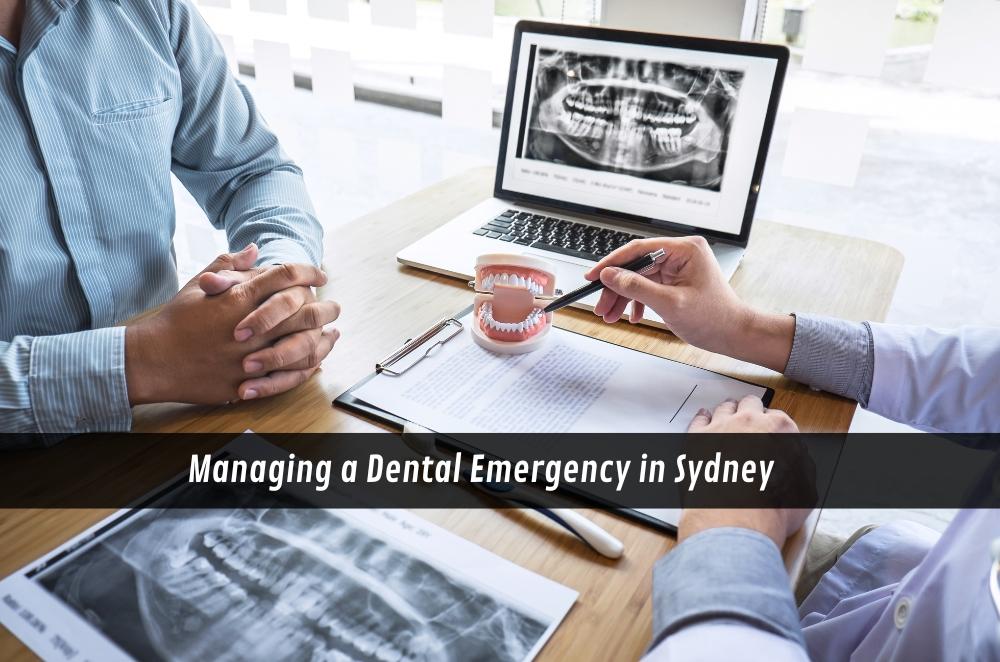Managing a Dental Emergency in Sydney

Tooth pain isn’t polite. A filling snaps, a crown shifts, or swelling turns up at midnight. It might start at work, over dinner, or while you’re away from home. The timing is annoying, sure, but your next move matters more. Having a trusted dental clinic on hand settles the nerves and gives you direction. Not every emergency looks dramatic. Sometimes it’s a stubborn ache that won’t back off. Leave it to simmer, and trouble usually grows. Pain rarely sorts itself out. Swift action beats waiting and hoping every time.
What steps help with sudden pain?
The steps that help during sudden pain are the basics that steady things until a dentist takes over. Rinse gently with warm water and keep chewing away from the sore side. Don’t poke the tooth or gum, even if you’re curious.
-
Press a clean cloth to slow bleeding
-
Hold a cold pack on the cheek for swelling
-
Use safe over-the-counter pain relief if needed
If a bit of tooth has broken, wrap it, keep it dry, and bring it along. Stay upright, sip water, and avoid heat. Jot down when the pain started and what set it off. Those details help the dentist find the culprit quickly. Temporary measures are handy, but they’re not the finish line. After the appointment, the longer fix often sits with the value of tooth restoration, which restores function and reduces repeat flare-ups.
Why do emergencies need fast attention?
Emergencies need fast attention because small dental problems don’t stay small. A chip today can invite bacteria and become an infection within days.
-
Early care protects gums, nerves, and bone
-
Swift treatment keeps options simpler and cheaper
Getting in early also limits pressure that can throw off your bite and jaw. Wait too long and choices shrink while costs climb. Quick care isn’t only about easing pain in the chair. It’s also about avoiding long spells of treatment later and keeping work, family, and sleep on track.
How can preparation ease emergencies?
Preparation helps because you’re not guessing in the moment. Jot down a couple of clinics you would actually use, keep a small kit in the bathroom, and note the red-flag symptoms that need same-day care. Share the plan with your household so you’re not the only one who knows what to do.
-
Keep clove oil and gauze in a small kit
-
Save photos of your ID and health fund card
Routine visits matter too. If records and X-rays are current, treatment can begin faster with fewer surprises. When imaging is needed, arriving calm and ready keeps everything moving, from triage to treatment room, without extra delays.
Conclusion
Dental emergencies arrive without manners, but your response can be measured and steady. Stabilise the area, note the symptoms, and book care without delay. Moving early protects teeth and nearby tissues and usually costs less than waiting. Keep a small kit and current records, and be comfortable when you prepare for a dental X-ray. With those pieces in place, the next flare-up becomes a task you manage, not a week-long drama.
- Art
- Causes
- Crafts
- Dance
- Drinks
- Film
- Fitness
- Food
- الألعاب
- Gardening
- Health
- الرئيسية
- Literature
- Music
- Networking
- أخرى
- Party
- Religion
- Shopping
- Sports
- Theater
- Wellness




